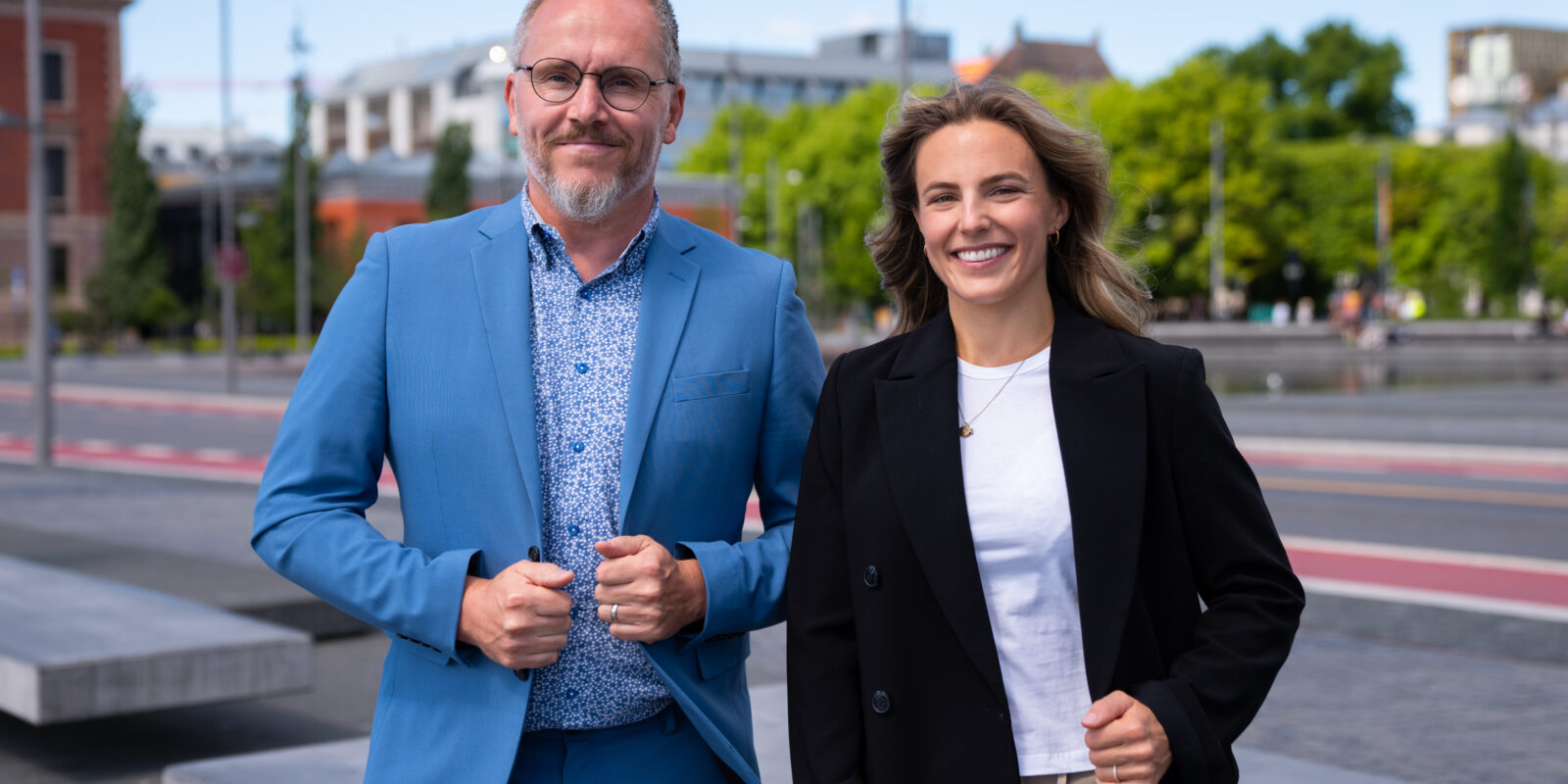Savannah (31) from the US captured her dream job in FREYR: “An opportunity I had to take”
Jul 4, 2021

Norway's first battery cell facilities at industrial scale
What started out as a battery dream in 2018, is now about to become reality. Following an IPO at the New York Stock Exchange (NYSE), FREYR is now ready to build the first of five factories in Mo i Rana. Over a short timeframe, the company will multiply their staff eventually needing about 1,500 employees, mostly in Mo i Rana and at the main office in Oslo.
Savannah Kilde (31) from the US is one of the first new hires. As Director Value Chain Optimization, she is responsible for establishing strategic partnerships along the full value chain to ultimately lower cell cost and carbon footprint.
“When I got the opportunity with FREYR, I simply could not say no. This is an opportunity to be part of developing an industry from the beginning. Norway has the potential to be a global leader to transform the world dramatically in just a few years.”, says Kilde.
The 31-year-old has lived in Norway for four years. Norway is known as a country with beautiful nature, a well organised work life with a flat hierarchy and a society that is a front runner when it comes to electrification.
“I am not sure people just move to Norway. I probably would not have, even though I love living here now. But, with the opportunity FREYR presents, and the journey you get to take part in, it is an offer you cannot find anywhere else. The development of this industry is happening right now, and you get a chance to establish an industry that will change Norway and the world. It is a great opportunity for young, educated people to use their knowledge and creativity in the development, establishment and improvement of something that will make real changes in the world", says Kilde.
Renewable energy as a competitive advantage
The CEO of FREYR is impatient and wants to hire quickly, as continuing moving forward at a fast pace is at the heart of the company’s vision and business plan. According to the plan, the first battery cells will be produced next year, with a gradual growth to reach the goal of 43 GWh a year by 2025. That corresponds to the need for stationary storage if California is to reach its goal of becoming CO2-free.
“There is no secret to what we do. The thought behind what we do is fairly simple: the production of batteries for the future must be based on renewable energy, not coal. And we know that the demand for batteries from the car industry will increase significantly over the next few years, the same is true for maritime battery solutions and stationary batteries that can store electricity for days when the sun does not shine or the wind does not blow. We want to be among the first in Europe to deliver what the market wants. That will also give us the biggest share of the market.
FREYR will therefore produce the batteries using available next generation technology from the Boston-based company 24 M Technologies. At the same time, FREYR will work together with universities and research-institutes in Norway such as SINTEF and NTNU to continue to develop the production and make it more efficient and more climate friendly.
“Batteries are the key”
The world, Europe and Norway have decided to make a green transition in record time.
“In order to reach the goals set out by the Paris agreement, we need to divide the world's CO2-emissions by two before 2030. That means a fifty per cent reduction of something that is even higher today than it was when the agreement was signed five years ago. And we have to do this in less than ten years, which is impossible without electrification”, says Jensen.
This electrification is impossible without batteries. Access to batteries can amount to as much as 60 per cent of the carbon reduction over the next decade, especially if the manufacturer has a low carbon footprint in the production – as is the plan for FREYR.
“Batteries will be the key to electrifying the transportation industry and to stabilise the power supply from new renewable energy sources. The estimated demand for batteries towards 2030 is at 5300 GWh, which is 15 to 20 times more than what can be produced at today’s capacity.”
A unique development in a Norwegian context
The mega factories are being built in Mo i Rana where the company will have a stable over supply of power as well as access to raw materials and a qualified work force. The municipality is planning for many new inhabitants as workers will move to work at the factory. On top of this there will be several positive ripple effects other than those being employed by FREYR.
“We offer good jobs in an industry of the future, in an area with beautiful nature and house prices making the dream of a detached home more than realistic. It is obvious that this will attract a lot of people”, says Jensen.
